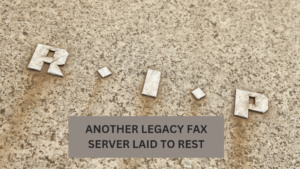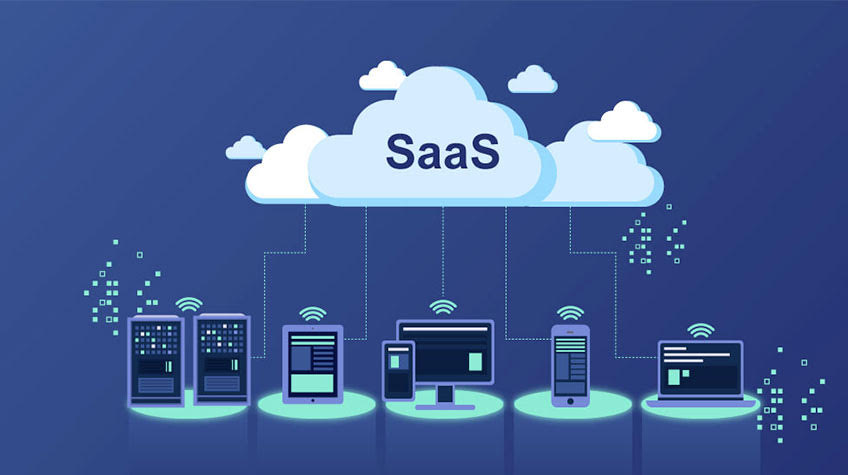Why do we still fax in 2015? For all of the offices out there that claim to put mobile and the cloud at the top of their priority lists, there continue to be a number of companies that still make it a point to keep their legacy fax systems around. But while some people may see this as a sign of hoarding or an inability to embrace the future, there are much bigger things at play – namely, compliance and the sharing of documents that are difficult to digitize.
But while faxing is still essential for a number of specific and important tasks, the ways in which it is facilitated are changing. As long as fax servers are in play, the actual endpoints that are in use are up to the preferences of the organizations leveraging them. This is where online and cloud-based faxing can significantly come in handy.
"The role of fax has declined in the past 15 years, but the technology is still going strong thanks to fax-over-IP (FoIP)," wrote TMCnet contributor Mae Kowalke. "FoIP technology enables businesses to send and receive faxes using the Internet instead of a traditional phone line, and that cuts costs and brings new functionality. Instead of being a cornerstone of business like it was 20 years ago, fax has migrated to more niche uses."
Modern companies still have an incredible need for faxes, but the process of sending and receiving them has started to change. Those organizations that still have to have this capability in place would be wise to do some upgrades that will keep them moving without inconveniencing employees.
Security issues keep faxes in place
If you read the news, you know that there are more cybersecurity horror stories out there than you can shake a stick at. Email has proven itself time and again to be easily hacked and used for malicious purposes. Fax servers don't have this issue, which is why professionals like lawyers, doctors and financial workers still use fax to this day.
"[A] document which is being sent via fax is difficult to intercept if sent over an analog telephone line, as this requires special equipment," said Healthcare Information and Management Systems Society director Lee Kim to PCWorld. "On the other hand, an unencrypted email may be easier to intercept in transit by eavesdropping on the network."
But it's not just good practice to fax when sharing sensitive documents – it also might be the only way to get what you need. Kowalke stated that signatures are still more easily shared by signing a piece of paper with a pen and sending it to the recipient.
Modern situations require updated fax systems
While the law and physical signatures still keep faxing in play, there is some leeway in terms of how it is enabled. The key to fax technology is not what sends or receives the message, but the channels it travels over. This is what is helping to increase the popularity of cloud-based and online faxes.
Part of the drawback to fax machine usage is the amount of paper that is consumed in the process. With more people sharing things digitally rather than by printing them, anything that involves a physical message is increasingly viewed as a barrier to productivity.
"For many business professionals, it's cumbersome to scan paper documents for inclusion in a digital repository," Kowalke stated. "New technologies exist for the task, including scanner apps for smartphones and dedicated personal document scanners. But most businesses already have fax machines, and fax is a cheap and easy way to get paper documents electronic thanks to FoIP technology."
Faxing over IP channels helps to solve a common problem experienced by enterprises. As more professionals become mobile cloud warriors, they are less likely to use tech that they view as counterproductive – even if it is the most effective solution available. This is what leads many people to forgo the fax machine and attach their sensitive documents to email messages, which can ultimately lead to disaster.
By supplying staffers with a tool that couples convenience with legal obligations, it is possible to enjoy a new level of productivity from enterprise employees. Such a tool can be found in cloud-based and online faxing services. Investing in this sort of asset helps businesses move away from legacy hardware without losing the ability to communicate with it, as landline faxes can still be received from computers and smartphones. Those companies that still depend on faxing should use 2015 to re-evaluate their strategies and consider upgrading from the solutions that they already have in place.
Enhance enterprise communication, collaboration and compliance efforts with a proven FoIP solution from FaxCore. Contact FaxCore today to learn more about their 'Partly-Cloudy' fax solutions.




